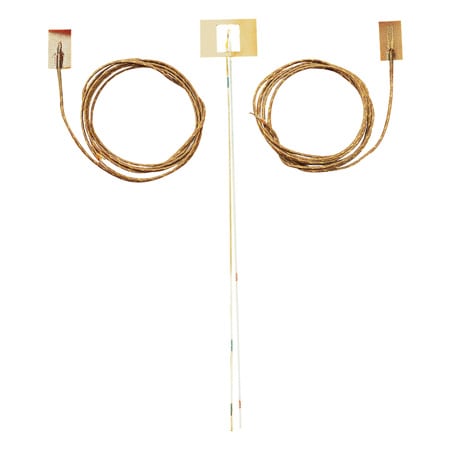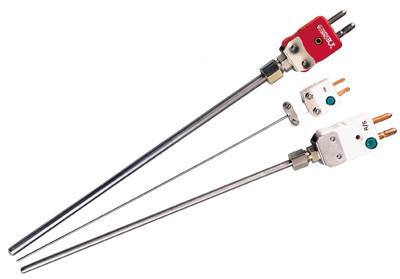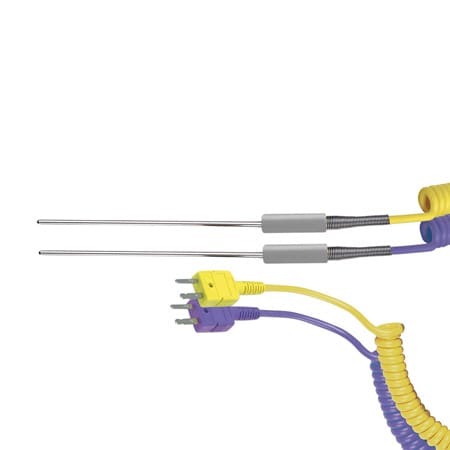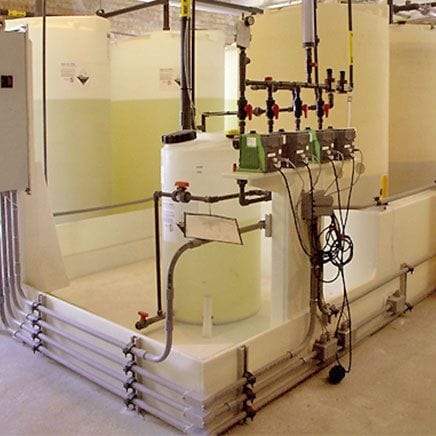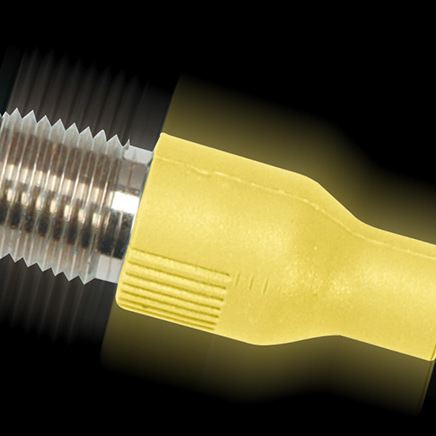What is a thermocouple?
A thermocouple is a sensor that measures temperature. It consists of two different types of metals, joined together at one end. When the junction of the two metals is heated or cooled, a voltage is created that can be correlated back to the temperature. A thermocouple is a simple, robust and cost-effective temperature sensor used in a wide range of temperature measurement processes.
Thermocouples are manufactured in a variety of styles, such as thermocouple probes, thermocouple probes with connectors, transition joint thermocouple probes, infrared thermocouples, bare wire thermocouple or even just thermocouple wire.
Thermocouples are commonly used in a wide range of applications. Due to their wide range of models and technical specifications, but it is extremely important to understand its basic structure, functionality, ranges as to better determine the right thermocouple type and material of thermocouple for an application.
When two wires composed of dissimilar metals are joined at both ends and one of the ends is heated, there is a continuous current which flows in the thermoelectric circuit.
If this circuit is broken at the center, the net open circuit voltage (the Seebeck voltage) is a function of the junction temperature and the composition of the two metals. Which means that when the junction of the two metals is heated or cooled a voltage is produced that can be correlated back to the temperature.
Learn More
Thermocouples are available in different combinations of metals or calibrations. The most common are the "Base Metal" thermocouples known as Types J, K, T, E and N. There are also high temperature calibrations - also known as Noble Metal thermocouples - Types R, S, C and GB.
Each calibration has a different temperature range and environment, although the maximum temperature varies with the diameter of the wire used in the thermocouple.
Although thermocouple calibration dictates the temperature range, the maximum range is also limited by the the diameter of the thermocouple wire. That is, a very thin thermocouple may not reach the full temperature range.
K Type Thermocouples are known as general purpose thermocouple due to its low cost and temperature range.
Learn More
How do I choose a thermocouple?
Because a thermocouple can take many shapes and forms, it is important to understand how to correctly select the right sensor.
The most commonly criteria used to make that choice are the temperature range, the chemical resistance, the abrasion and vibration resistance and the installation requirements. Installation requirements would also dictate your choice of a thermocouple probe.
There are different types of thermocouples and their applications may vary. An exposed thermocouple will work best when high response times are required, but an ungrounded thermocouple is better in corrosive environments.
Learn More

Sheathed thermocouple probes are available with one of three junction types: grounded, ungrounded or exposed. At the tip of a grounded junction probe, the thermocouple wires are physically attached to the inside of the probe wall. This results in good heat transfer from the outside, through the probe wall to the thermocouple junction. In an ungrounded probe, the thermocouple junction is detached from the probe wall. Response time is slower than the grounded style, but the ungrounded offers electrical isolation.

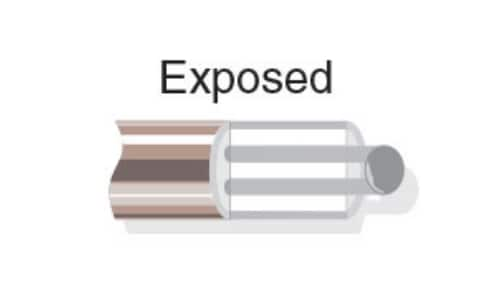
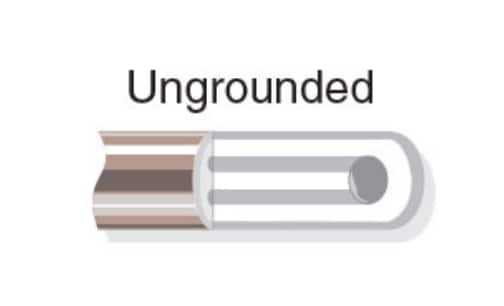
It is important to remember that both accuracy and range depend on such things as the thermocouple alloys, the temperature being measured, the construction of the sensor, the material of the sheath, the media being measured, the state of the media (liquid, solid, or gas) and the diameter of either the thermocouple wire (if it is exposed) or the sheath diameter (if the thermocouple wire is not exposed but is sheathed).
Learn More
It is important to remember that the only temperature a temperature sensor measures is its own temperature. That said, the selection of a probe style sensor vs. a wire style sensor is a matter of how best to get the thermocouple junction to the process temperature you are trying to measure.
Using a wire style sensor may be fine if the fluid does not attack the insulation or conductor materials, if the fluid is at rest or nearly so, and the temperature is within the capability of the materials. But say that the fluid is corrosive, high temperature, under high pressure or flowing through a pipe, then a probe style sensor, maybe even with a thermowell, will be a better selection.
It all comes down to how best get the thermocouple junction to the same temperature as the process or material you are trying to measure the temperature of, so to get the information you need.
Learn More


